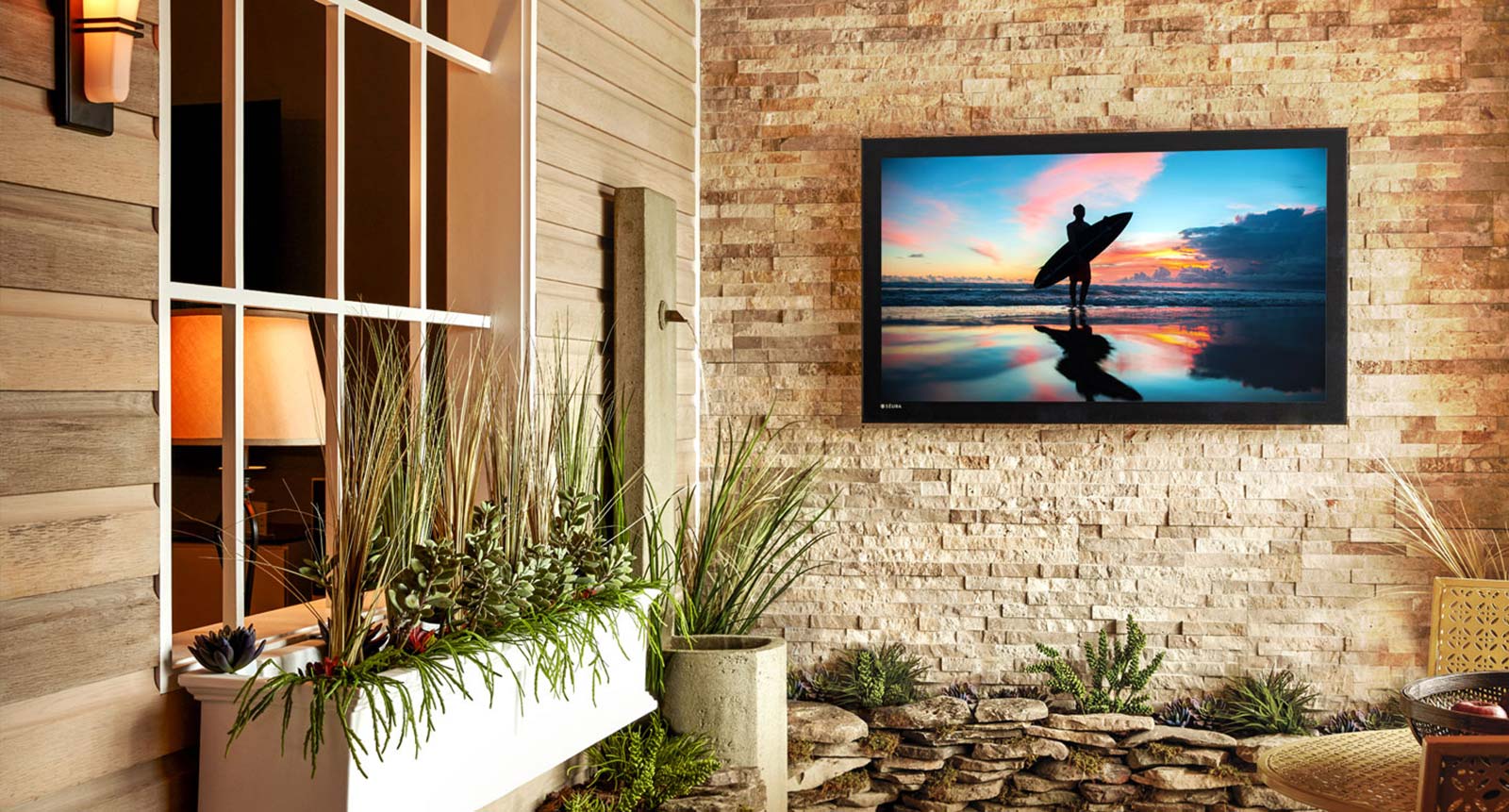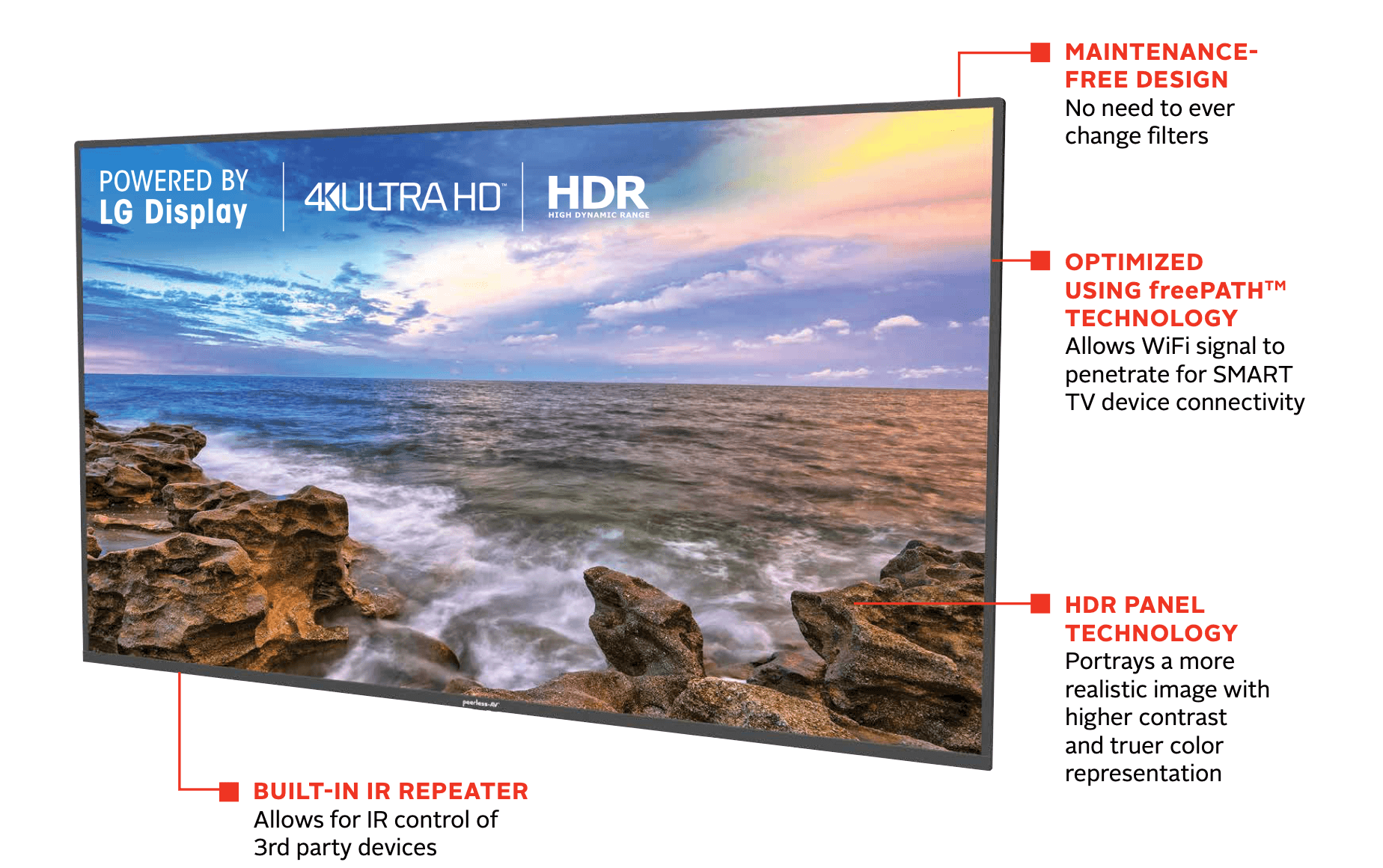What Makes An Outdoor Tv Different
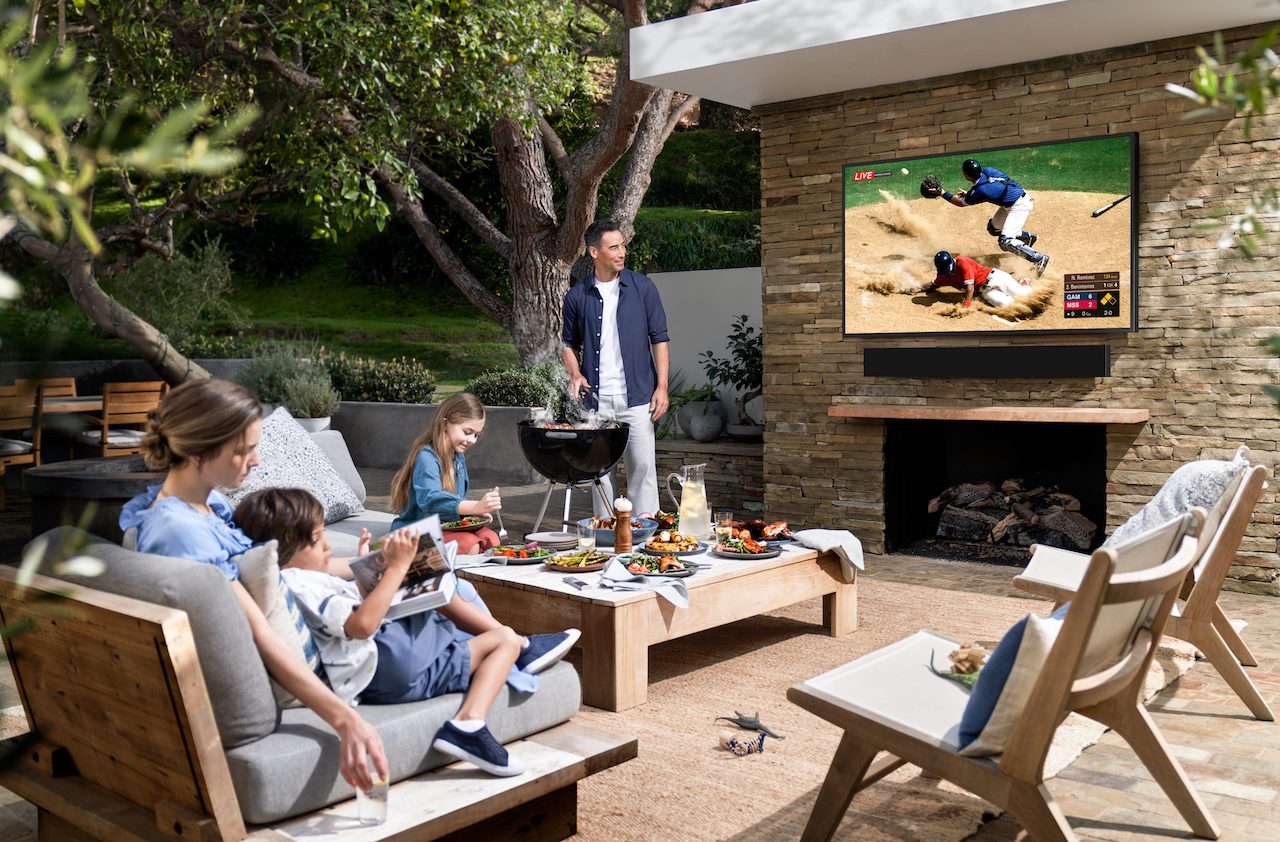
Imagine sinking into your favorite outdoor armchair as the sun dips below the horizon, a gentle breeze rustling through the trees. But instead of retreating indoors when darkness falls, you're captivated by a stunning movie playing on a vibrant, crystal-clear screen right there on your patio. That's the magic an outdoor TV can bring – but what exactly makes these screens different from their indoor counterparts?
At its core, an outdoor TV is engineered to withstand the elements while delivering a superior viewing experience compared to simply lugging your indoor TV outside. They're built tough and bright, designed to battle the sun, rain, and temperature fluctuations that would quickly damage a regular set.
The Brawn Behind the Beauty
The primary differences lie in the construction and components. Indoor TVs are designed for controlled environments, but outdoors, they face a constant barrage of challenges. Consider extreme temperatures: fluctuating temperatures can cause condensation and internal damage to standard televisions.
Outdoor TVs, according to industry experts, feature specialized weatherproofing to protect against rain, snow, humidity, and even insects. This usually involves sealed internal components, specialized gaskets, and durable exterior housings made from materials like powder-coated aluminum.
SunBriteTV, a leading manufacturer of outdoor televisions, emphasizes the importance of their weatherproof design, highlighting how their TVs are built to withstand temperatures ranging from -24°F to 122°F. This level of protection ensures that your investment is safe regardless of the weather.
Battling the Glare
Beyond weatherproofing, screen brightness is another crucial differentiator. Indoor TVs typically have brightness levels that are simply insufficient to overcome direct sunlight.
Outdoor TVs, however, boast significantly higher brightness, measured in nits. A nit is a unit of luminance, and the higher the nit count, the brighter the screen. For comparison, an indoor TV might have a brightness of 250-350 nits, while an outdoor TV can easily reach 700 nits or even 2,000 nits for optimal viewing in direct sunlight.
The displays often incorporate anti-glare technology, which further enhances visibility by minimizing reflections. This is usually achieved through special coatings and screen treatments that diffuse ambient light.
Audio Considerations
Sound is also addressed. Outdoor TVs often feature built-in high-quality speakers that are designed to project sound effectively in open-air environments. You will want to avoid audio distortion.
Some models even have external speaker connections to allow for a more immersive audio setup. The goal is to deliver clear and powerful sound that can be heard over background noise, like wind or traffic.
A Growing Market
The outdoor entertainment market is experiencing significant growth, reflecting a desire to extend living spaces beyond the confines of the home. According to a report by Freedonia Group, demand for outdoor TVs has been steadily increasing in recent years, driven by factors such as rising disposable incomes and a growing interest in outdoor living.
This trend is also fueled by the increasing availability of streaming services and high-quality content, making it easier than ever to enjoy movies, sports, and other entertainment in the great outdoors.
Choosing the right outdoor TV requires careful consideration of factors such as screen size, brightness, weatherproofing, and audio capabilities. However, the reward is a truly exceptional outdoor entertainment experience that transforms your patio into a cinematic oasis.
An outdoor TV is more than just a screen; it's an investment in creating memorable moments with family and friends, extending the joy of entertainment beyond the walls of your home, and embracing the beauty of the outdoors.
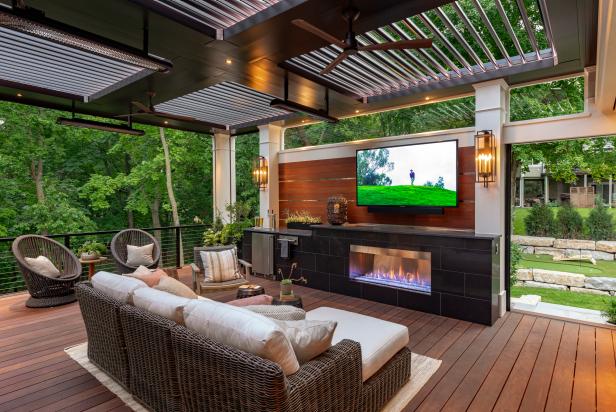
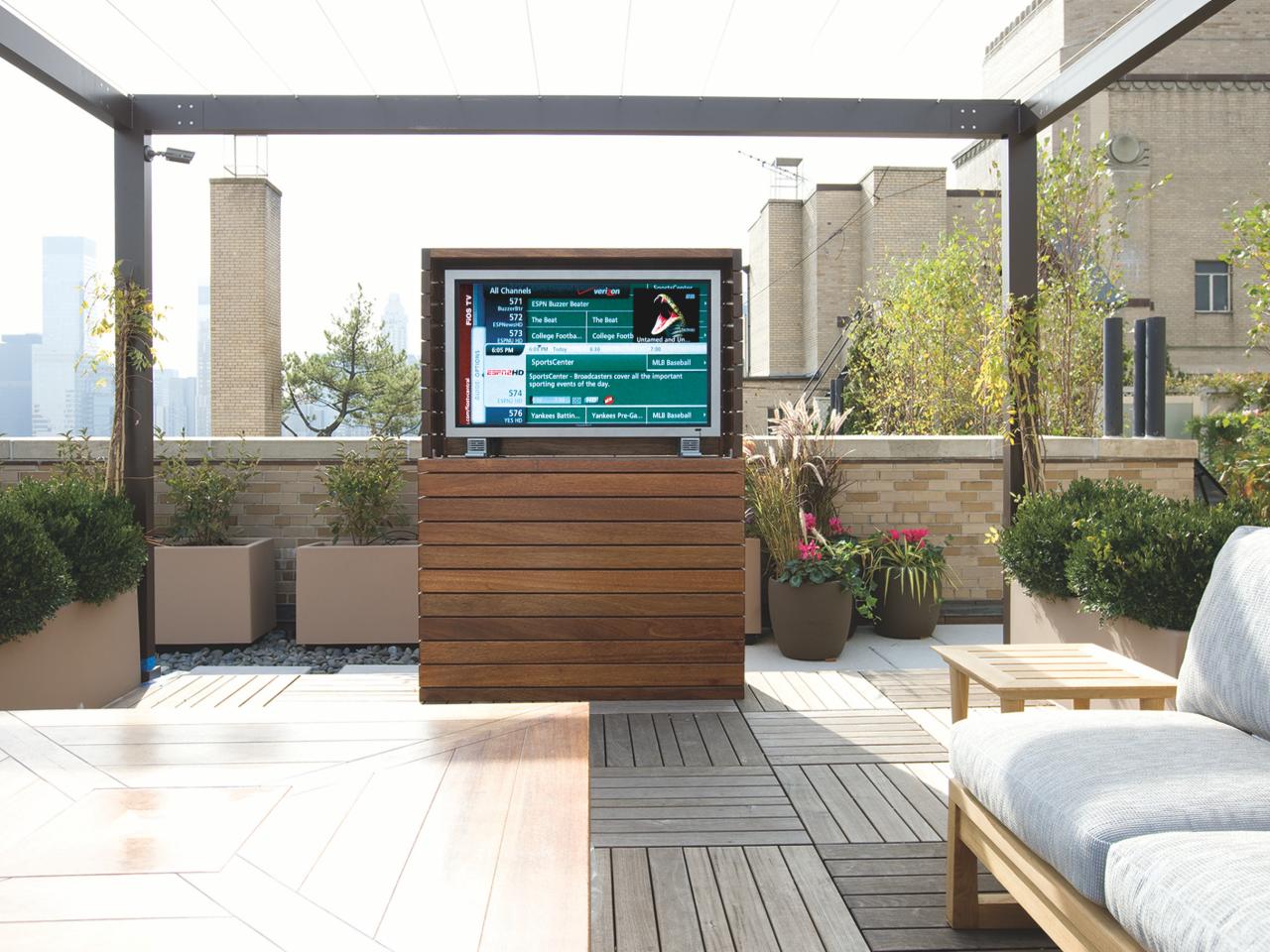
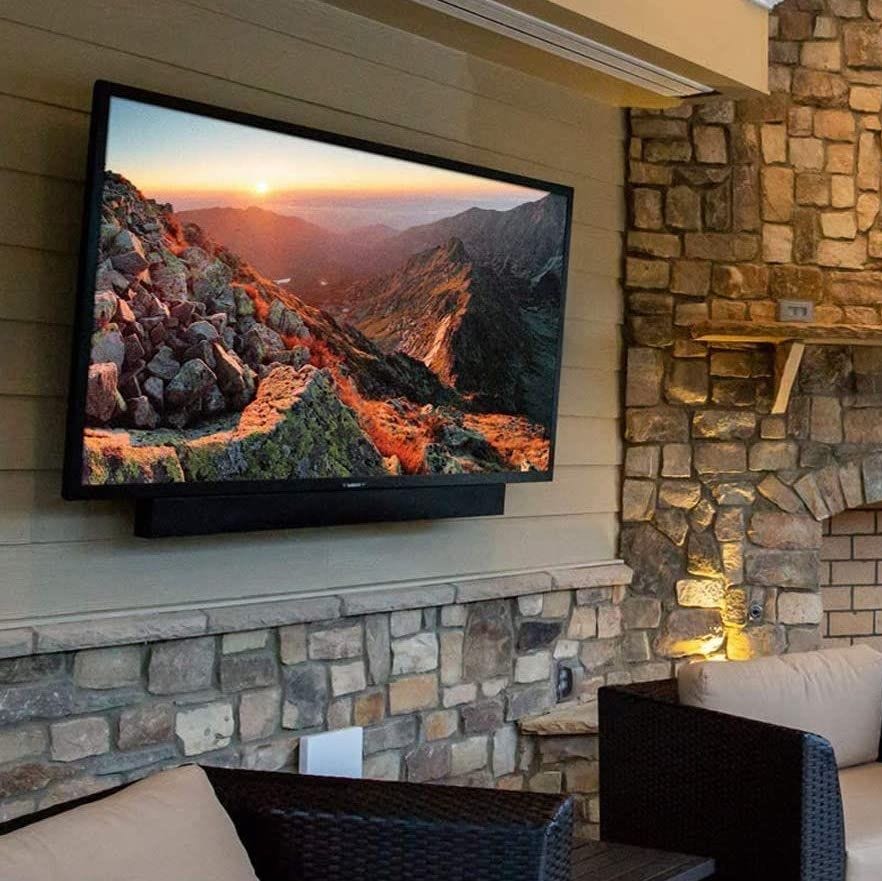



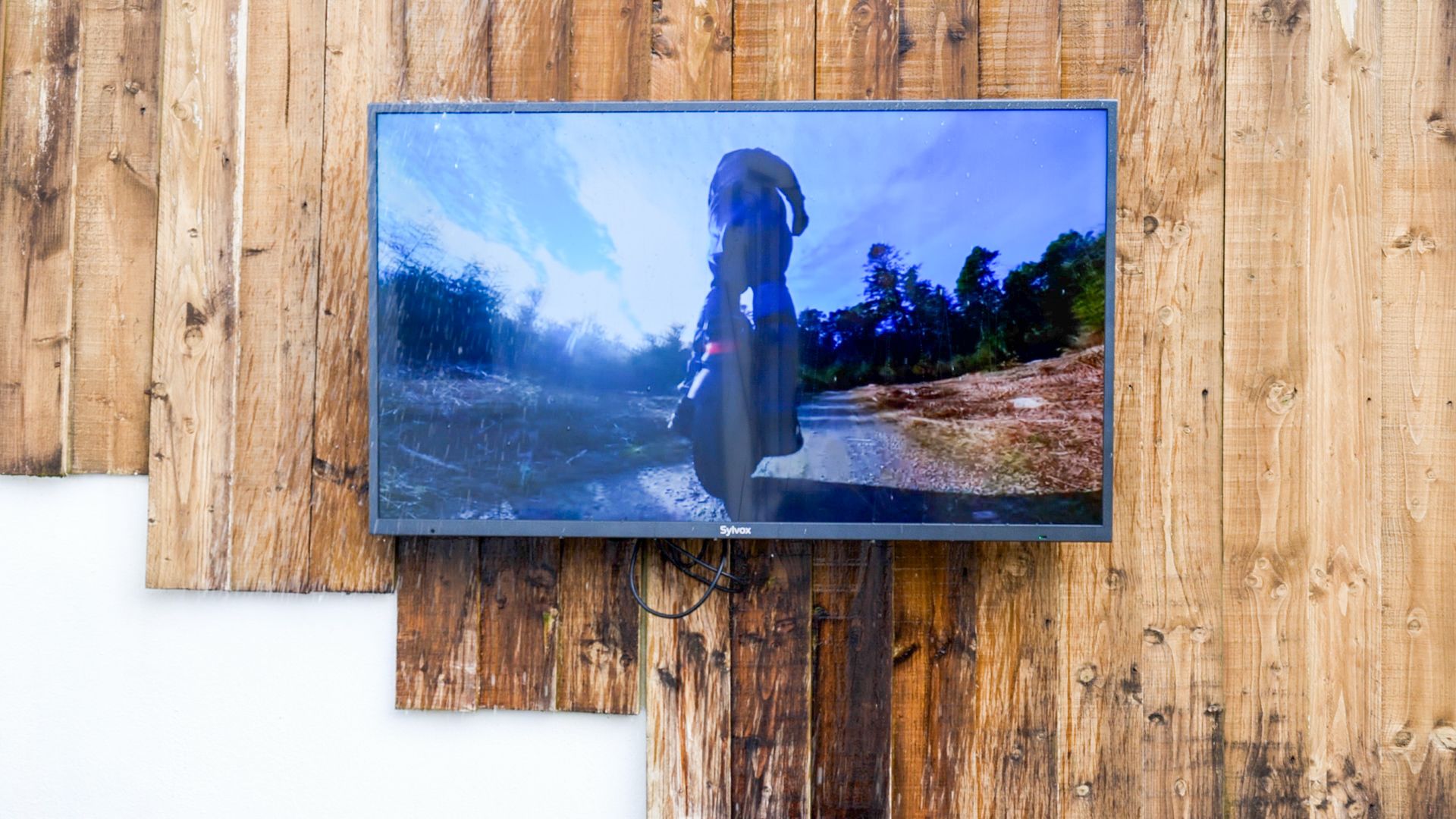


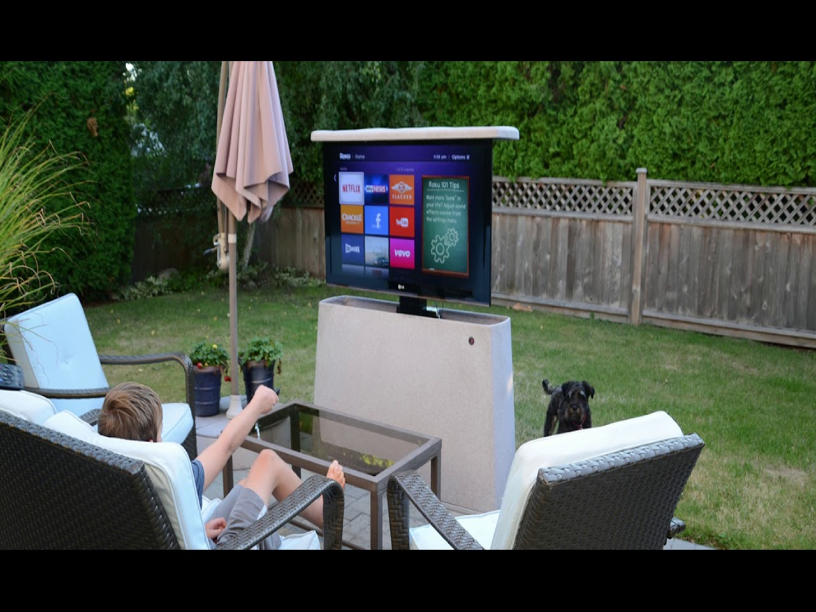

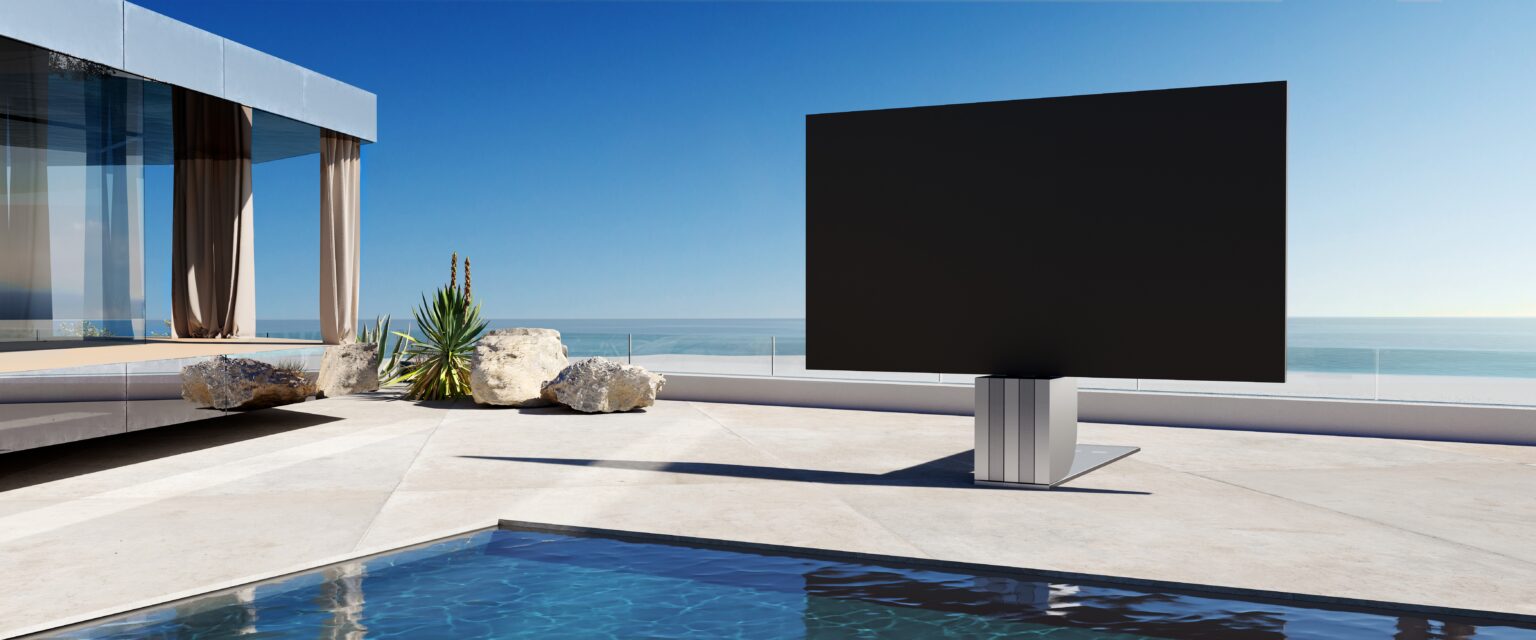

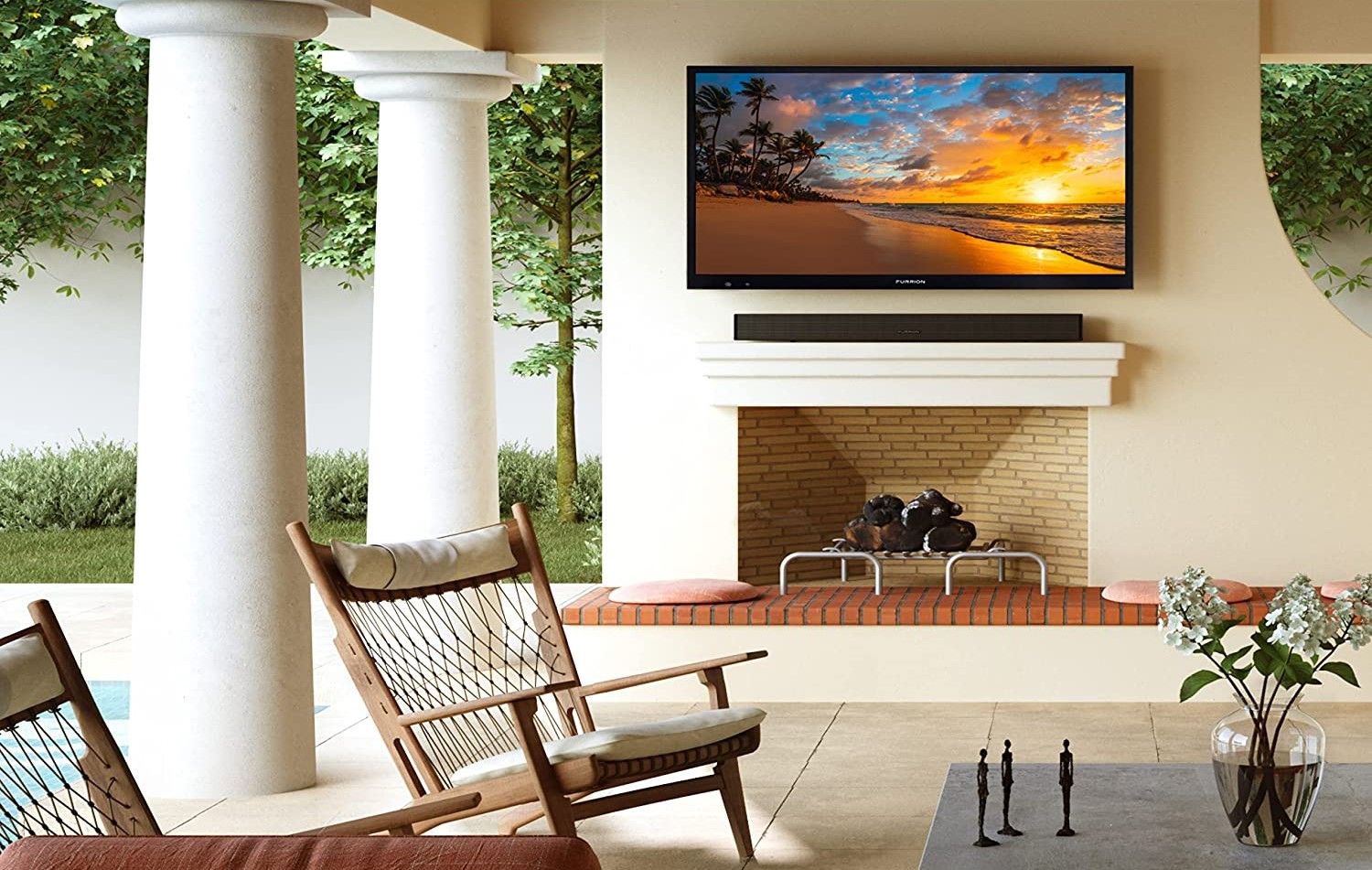
![What Makes An Outdoor Tv Different 6 Best Outdoor TV Enclosures [2024 Updated]](https://nerdtechy.com/wp-content/uploads/2020/12/the-tv-shield-3.jpg)
